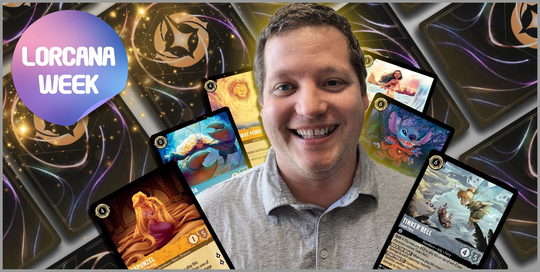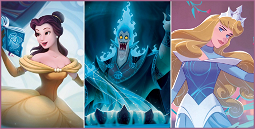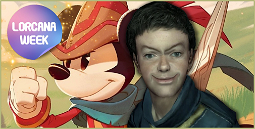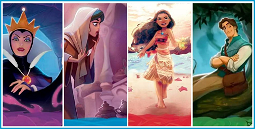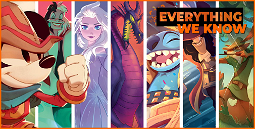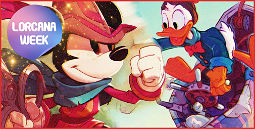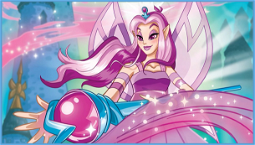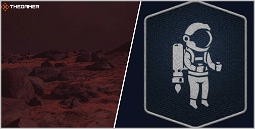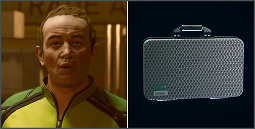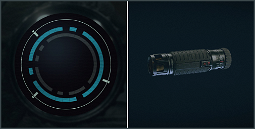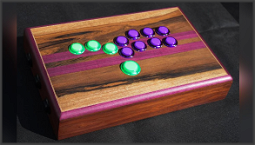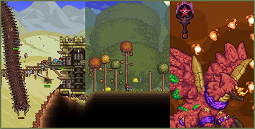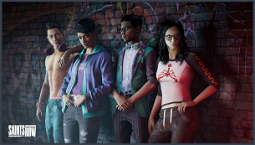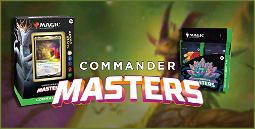Designing Disney Lorcana: Insights from Co-Designer Steve Warner
What will your favorite card be in Disney Lorcana? As we move closer to the launch of the Trading Card Game, we’re taking a closer look at the Design process behind Lorcana’s cards and decks. Earlier this week, we spoke to Lorcana’s co-designer, Adam ‘Huckleberry’ Buckman, and now we’re turning to Steve Warner, who has designed over 300 cards for the game.
“The most difficult thing about designing a trading card game is designing trading cards,” Warner explains. “When we’re designing a trading card game, we have to think about, ‘How do we design our cards in such a way that it will create a satisfying and interesting play experience?’”
One of the unique aspects of Lorcana is that almost any card can produce the ink needed to play other cards. “It’s not necessarily a specific card type as a resource,” Warner says. “It’s that some cards have effects that produce ink. That was a really big decision that we made, because it meant that we could have cards and effects that were really powerful and really interesting, but we have to balance them to make sure they don’t become too strong or too common.”
Warner says that the game’s focus is on balancing these cards to create “self-contained synergies and satisfying combos that take a few turns to develop.” He recognizes the possibility of banning or restricting cards that turn out to be unexpectedly powerful. “There are some cards that we just don’t want to see in competitive play, so we’ll do whatever we can to get rid of them.”
When asked about predicting the standout cards and decks, Warner notes, “We’re working on sets that won’t come out for a while,” so there’s time to address any potential balance issues. He adds, “I don’t think any of us know what the standout cards are going to be. We’re all players, we all have our favorite cards, but we’re working on sets that won’t come out until 2024.”
Warner says he identifies as a “Combo or Ramp” player, favoring intricate interactions and building up your resources quickly. He recognizes this as a common trait among designers, explaining, “You can only be a Combo or Ramp player when you’re designing because you want to see your interactions come to life.”
When asked about including drafting and sealed play in future sets, Warner says, “We’re still talking about it.” He adds, “We have the resources to make it happen, but we don’t want to put it out there until we feel like we have the balance of the game figured out.”
Each ink color has its own design space, with Steel focusing on challenges and Sapphire loving items. “Emerald has been the most fun for me,” Warner says. “Emerald is the ink color that is the most avoiding combat. It’s not necessarily saying ‘Don’t fight’, but if you have Emerald cards out, your opponents are not going to want to challenge your characters.”
Warner says that as time goes on, more will be discovered about each ink color. “Emerald is just getting started, but as we have some more Emerald cards, you’ll see that this is a really powerful idea.”
Warner notes that some people may not be aware of all the available cards, saying, “Maybe there’s a card that you’re going to love that nobody else knows about.” However, he primarily plays playtest and development games, as cards and decks change quickly to maintain balance.
“The game is constantly changing,” Warner says. “We playtest and develop as much as we can. It’s a very fluid process.”
